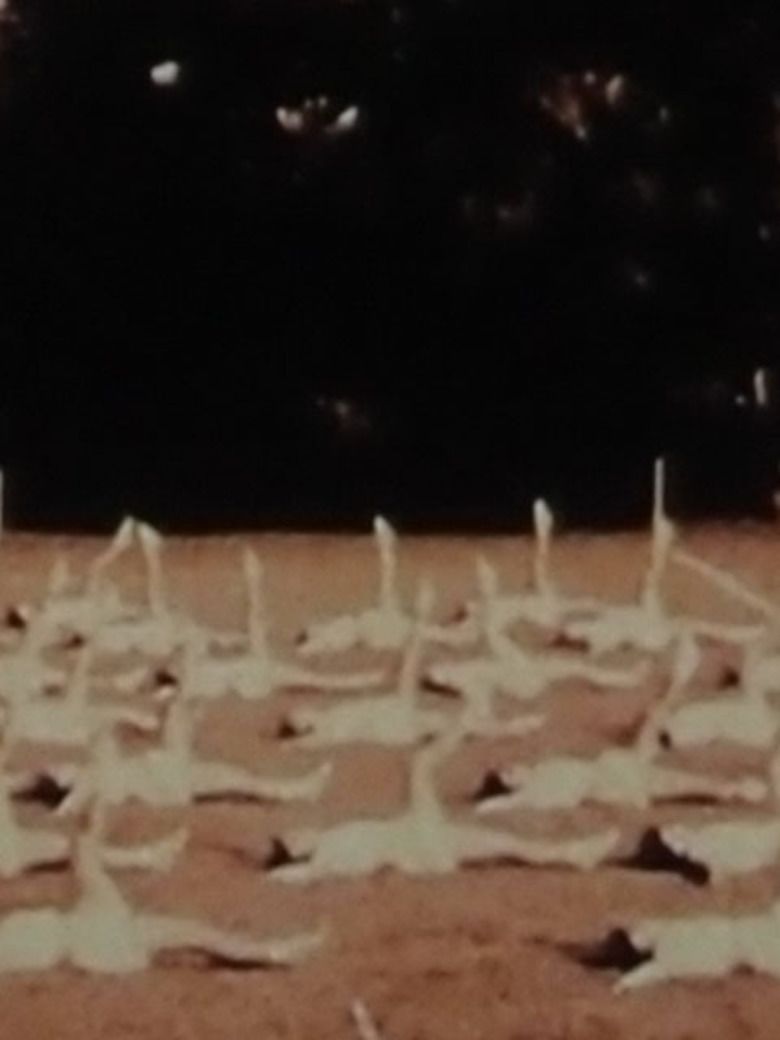Take the 5:10 to Dreamland
7.2 /10 1 Votes7.2
Duration Genre Short Film | 7/10 IMDb Initial release October 12, 1976 (USA) Running time 6 minutes Editor Bruce Conner | |||||||||||||||||||||||||||||||||
 | ||||||||||||||||||||||||||||||||||
Take the 5:10 to Dreamland (1976) is a short experimental film by Bruce Conner, using the technique of found footage. It is composed out of found images from the 1940s-1950s from different sources such as educational hm and soundtrack. It is closely related to Valse Triste, another found footage short by Bruce Conner.
Contents
- Background and production
- Relation to Valse Triste 1977
- Influences
- Other experimental films by Bruce Conner
- References
Background and production
The main catalyst for Take the 5:10 to Dreamland was the soundtrack composed by Patrick Gleeson, a dreamlike trance of different long, pacing tones and birdcalls. According to Bruce Conner, the first time he heard the composition, he started to envision dreamlike images appearing and disappearing. Because of the length of the composition (5 minutes and 10 seconds) they decided to call the short Take the 5:10 to Dreamland. Bruce Conner had been collecting a lot of footage from educational movies over the years and decided to use these images for the short.
The sepia tinting, which adds a lot to the nostalgic atmosphere, was actually unintentional and the result of a couple of problems Conner and Gleeson had with the transformation of the sound to the optical printer. The solution to these problems required the use of color film instead of black and white film, because color film generates the sharpest, clearest sound. Since black and white film hardly ever looks like black and white when it’s transferred onto color, tinting was necessary.
Bruce Conner: “It seemed to me that the appropriate color was sepia, but I wouldn’t have thought about making a sepia-toned print if that situation hadn’t occurred.”
Relation to Valse Triste (1977)
After finishing Take the 5:10 to Dreamland, Bruce Conner started working on Valse Triste (1977), which he calls ‘an extension of Take the 5:10 to Dreamland’ . Although he didn’t have the same sound problems with this film, he decided to make it sepia-toned as well, so the two films go together as a pair. Some of the images of Take the 5:10 to Dreamland are re-used. The dream is present again; the first shot is a little boy going to sleep, the images that follow are his ‘dream’ about the past, full of trains, cars, factories, typical American suburbs and fences. Nature is almost absent here; we see images of men and industry, images in movement. The rhythm is quicker, and the sad but vividly waltz on the soundtrack give this film an entire other feel, less dreamlike and more specifically rooted in the nostalgic American past.
Influences
Both films are a homage to surrealist cinema and the trance films of Maya Deren, Kenneth Anger and Sidney Peterson.
The radio show I Love A Mystery (a program Bruce loved as a kid to the tune by Sibelius) also influenced Valse Triste.
Other experimental films by Bruce Conner
Bruce Conner is best known for his movies A Movie, Report and Mongoloid, which share the same sense of both critical engagement and humor, turning the images of media upside down in thrilling, witty juxtapositions, using newsreels, B-movies, advertisements and even soft-core pornography. Compared to his earlier work, the pair of Take the 5:10 to Dreamland and Valse Triste is gentler, even poetic in their use of industrial and educational films, and lacks this furious engagement.
References
Take the 5:10 to Dreamland WikipediaTake the 5:10 to Dreamland IMDb Take the 5:10 to Dreamland themoviedb.org
